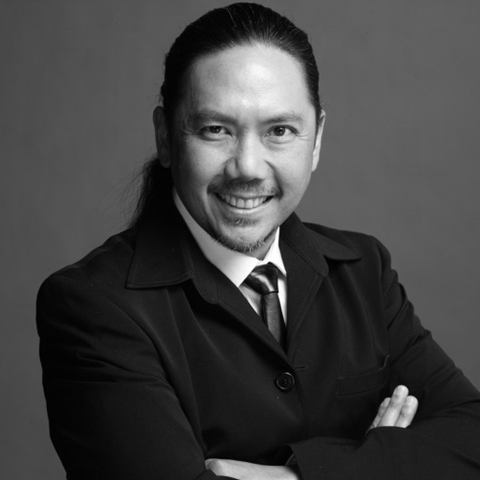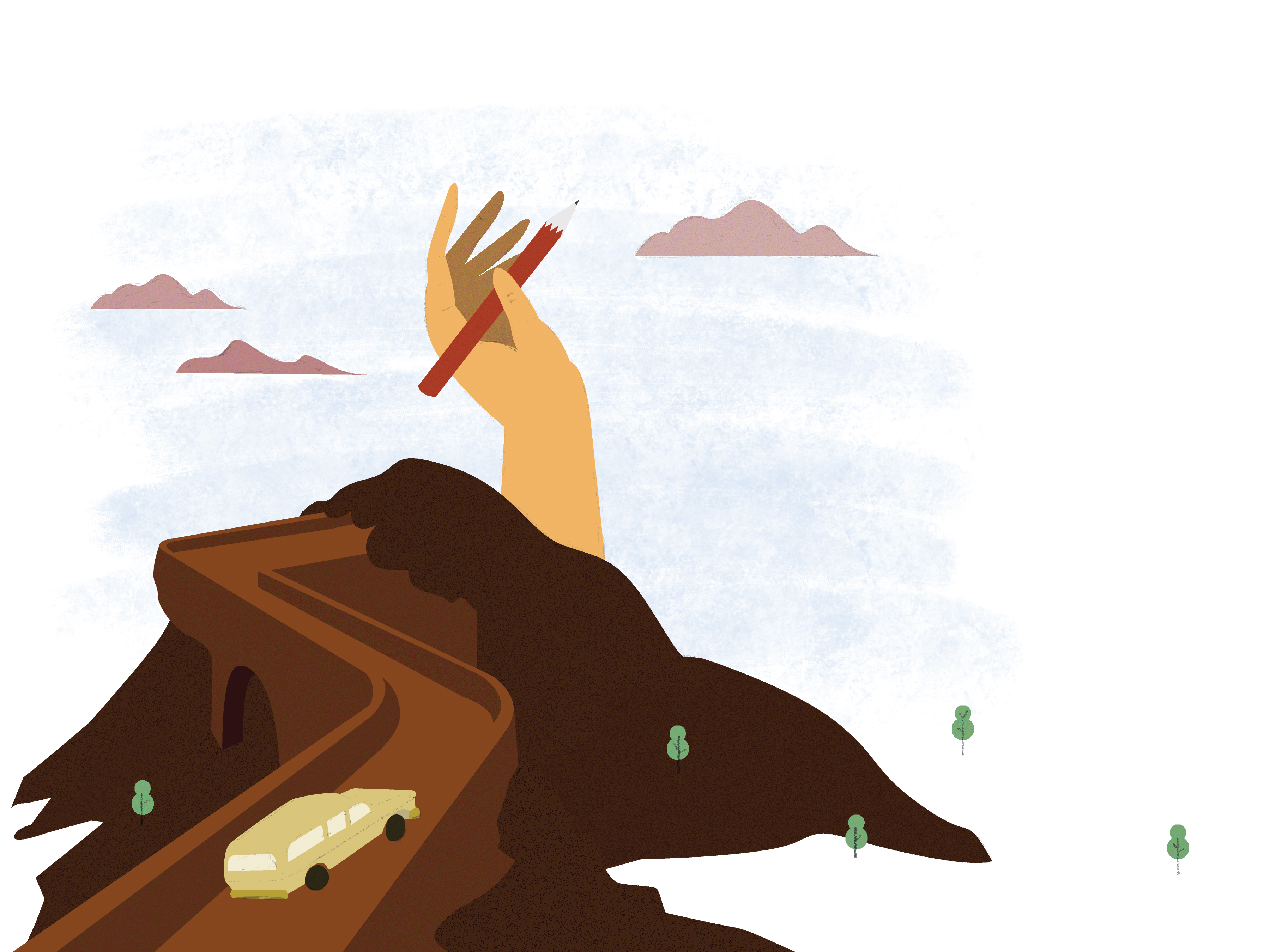Words by Paolo Mercado
Illustration by Vnita Sohal
This April, the Philippines will host the 30th ASEAN Leaders Summit which coincides with the 50th Anniversary of the ASEAN. Coinciding with this event, the Department of Trade and Industry will host the first ever ASEAN Creative Cities Forum & Exhibition at the BGC Arts Center from April 24 to 27. This four day thought leadership event will highlight the potential of creative industries in driving forward ASEAN economies by generating growth, diversity, income and employment through partnerships and collaboration across the ASEAN community. This event is part of the ASEAN 2017 Business and Investment Plan (ABIP) that seeks to promote “inclusive, innovation-led growth, for shared prosperity in ASEAN.”
In past articles, I have written about how countries like the UK, South Korea, Japan and China are embracing a creative economy strategy for growth. But is a creative economy agenda being embraced in ASEAN? Is growing the creative industries an articulated objective of ASEAN member countries? Are they taking concrete steps to nurture and grow creative industries and talent?
The answer is an emphatic yes for 5 out of the 10 ASEAN member countries, namely: Indonesia, Malaysia, Singapore, Thailand and Vietnam. Here is a quick overview of what these countries are doing:
Creative Indonesia
In 2009, the former Ministry of Tourism and Culture of Indonesia was renamed as the Ministry of Tourism and Creative Economy, making Indonesia among the first ASEAN countries to elevate its creative economy agenda to a ministerial level responsibility and identity.
In 2014, the Ministry of Tourism and the Creative Economy was reorganized into two separate entities: the Ministry of Tourism to focus on Tourism, and the Creative Economy Agency (Badan Ekonomi Kreatif www.bekfraf.go.id). The aim of the BEKRAF is to implement the creative economy roadmap beyond tourism with the ambition to make Indonesia a globally competitive creative economy by 2025.
Through the leadership of the above agencies, Indonesia was among the first ASEAN countries to pursue and accredit two of its cities as UNESCO Creative Cities. Pekalongan was accredited in 2014 and is known as “Batik City” as hand-drawn and hand-stamped batik are the main pillars of the city’s economy. It is cited by UNESCO as an “excellent example of how culture based development can support citizens, particularly women, in developing viable income generating activities and improving their quality of life” (en.unesco.org/ creative-cities/pekalongan).
Indonesia also successfully accredited Bandung as a Design Creative City (en.unesco.org/creative-cities/bandung) recognizing the Bandung Municipal Government’s strong commitment to stimulate the creative economy through the implementation both infrastructure and investment project such as the Regional Development Acceleration Innovation Program.
In parallel to these efforts, the Ministry of Trade of Indonesia published in 2011 a study that laid out the blueprint for Indonesia’s creative industries development that focuses on the 14 sub-sector of the country’s creative industries. This study consists of the vision, mission, target, and the road map for the development of the 14 disciplines for the 2009-2015 period.
Creative Malaysia
In 2009, the government of Malaysia established the Performance Management and Delivery Unit (PEMANDU) an agency reporting directly to the Prime Minister of Malaysia, with the ambitious task of transforming Malaysia into a high income economy by 2020. The Agency leads the development of the Economic Transformation Programme that will deliver on this goal.
Part of the Economic Transformation Programme are a list of priority “Entry Point Programmes” (EPP) that are the top priority investment initiatives for the country. The Number 1 EPP is “Nurturing Malaysia’s Creative Content Industry.” The following is a direct excerpt from the PEMANDU website:
“This EPP aims to enhance capacity, capability and competency in Malaysia’s creative industry to produce world-class content and make the country a regional hub for digital content.
This EPP will also focus on building the foundation for a thriving and lucrative creative content industry to optimize the mature development of the digital network, targeting an annual growth rate of 20% for content exports.
To achieve an annual growth rate of 13% in the domestic segment, efforts are focused on producing more local content, attracting foreign filmmakers to invest in Malaysia. The marketing of Malaysian-made content will also be re-strategized to increase sales of Malaysian-made content domestically and internationally.” (etp.pemandu.gov.my)
Creative Singapore
To many outsiders, “Creative” and “Singapore” may seem like a contradiction in terms. The citizens of the island City State are best known for being excellent traders, manufacturers & businessmen, and their youth excel in math and sciences rather than the creative arts. However, Singapore was actually the first country in ASEAN to draw-up a creative economy masterplan in 2002, directly borrowing many concepts and strategies from the UK’s DCMS Creative Industries Task Force blueprint.
The Ministry of Information, Communications, and the Art (MICA) leads the Creative Industries Development Strategy (CIDS) of the country. Since the formulation of their blueprint in 2002, the list of achievements of Singapore is nothing short of impressive as they have transformed their city from being a financial, trading and transport hub, to a true regional creative hub.
Singapore is a UNESCO Creative City for Design (en.unesco.org/creative-cities/singapore), it is the regional headquarters for many global advertising, digital, media production and R&D companies, and it hosts many world class exhibitions, conferences, and performing arts events for a regional audience. They are building Creative Zones beside IT Learning corridors. A recent feather in their cap is the completion of the last installments of Star Wars in the Lucas Films Studios in Singapore.
While Singapore borrows a lot of creative talent from western and regional expats, the Singapore government ensures to retain a significant amount of IP rights for work done in Singapore. They are also investing in leveling up their local talent base with high profile education institutions such as the Singapore School of the Arts for Middle School and High School, as well as the La Salle University. On the other hand, Singapore has encountered a rough spot with the closure of the New York University Tisch School of the Arts Singapore Campus due to lack of students and an expensive expat teaching staff. Yet despite this setback, Singapore is determined to lead the ASEAN as the region’s most vibrant creative economy.
Creative Thailand
Thailand has always had one of the most vibrant and aesthetically refined local cultures in the ASEAN, having enjoyed centuries of autonomous rule that preserved their Siamese heritage. While the creative economy strategy of Thailand is not as explicit as those of Singapore, Malaysia and Indonesia, it is no less active. Attempts were made around 2008 to 2011 to clearly define the country’s creative industries and creative economy strategy. However, the creative economy policy was sidelined in the tumultuous political administration of Prime Minister Yingluck Shinawatra. Yet in spite of these difficulties, Thailand has had a few major milestones in their creative economy development.
Advertising professionals the world over recognize Thai creativity as among the world’s best, as the country regularly wins in international competitions such as Cannes. Furthermore, Thailand is also seen as a desirable location for shooting advertising films as well as full length films because of their highly professional but cost competitive production capabilities.
Phuket, a well-known holiday destination, is also a UNESCO Creative City for Gastronomy (en.unesco.org/creative-cities/phuket), recognized for its efforts in preserving and promoting traditional ancient Thai cuisine.
Last but not least, in 2007 Thailand partnered with the Accademia Italiana of Florence Italy to open a college for Design in Bangkok. Such an academic partnership ambitions to not only develop the next generation of world class Thai designers, but it also aims to make Bangkok a regional hub for world class art & design education.
Creative Vietnam
Last but not least, Vietnam may be in it’s early days of developing a formal creative economy strategy and policies, but the country is certainly buzzing with energy as they establish creative hubs in different parts of the country. Already they are starting to make a name for themselves for producing low cost software and tech solutions for clients based in Singapore or elsewhere. It won’t be long before Vietnam makes a name for itself in Creativity as it is already doing for other sectors such as agribusiness.
The other half of ASEAN
The countries that have yet to formalize their creative economy strategies are: The Philippines, Cambodia, Laos, Myanmar and Brunei.
Yes, ladies and gentlemen, the Philippines is unfortunately a laggard in ASEAN as far as creative economy policy is concerned. However, there is hope. Attempts have been made in 2010 to map and measure creative industries and define an initial growth roadmap. Today, there is renewed interest and action towards a creative economy policy, led primarily by the DTI. But we must catch up quickly as many of our neighbors in ASEAN are 10 to 15 years ahead of us. I do believe though that we have the talent and ability to leapfrog our ASEAN neighbors.
What would truly be remarkable is if a Collaborative Creative Economies Strategy is developed across the major ASEAN countries, each contributing their own strength to make the region a global creative powerhouse. Imagine content & design from Indonesia, Malaysia & Thailand, performed & transformed by English speaking Filipinos for a world market, and leveled-up with Singapore based technology and performance venues.
Perhaps an ASEAN Creative Community is only a pipe dream, but 50 years ago, ASEAN itself was likewise only a dream. With creativity and tenacity, any dream can come true.
About the Author:

Paolo Mercado is a marketing professional, raised in a family of advertisers and writers, with a passion for teaching and an obsession for the performing arts. He is currently the Senior Vice President of Marketing, Communication and Innovation of Nestle Philippines.
This article was published in the adobo magazine Gender 2017 issue.









